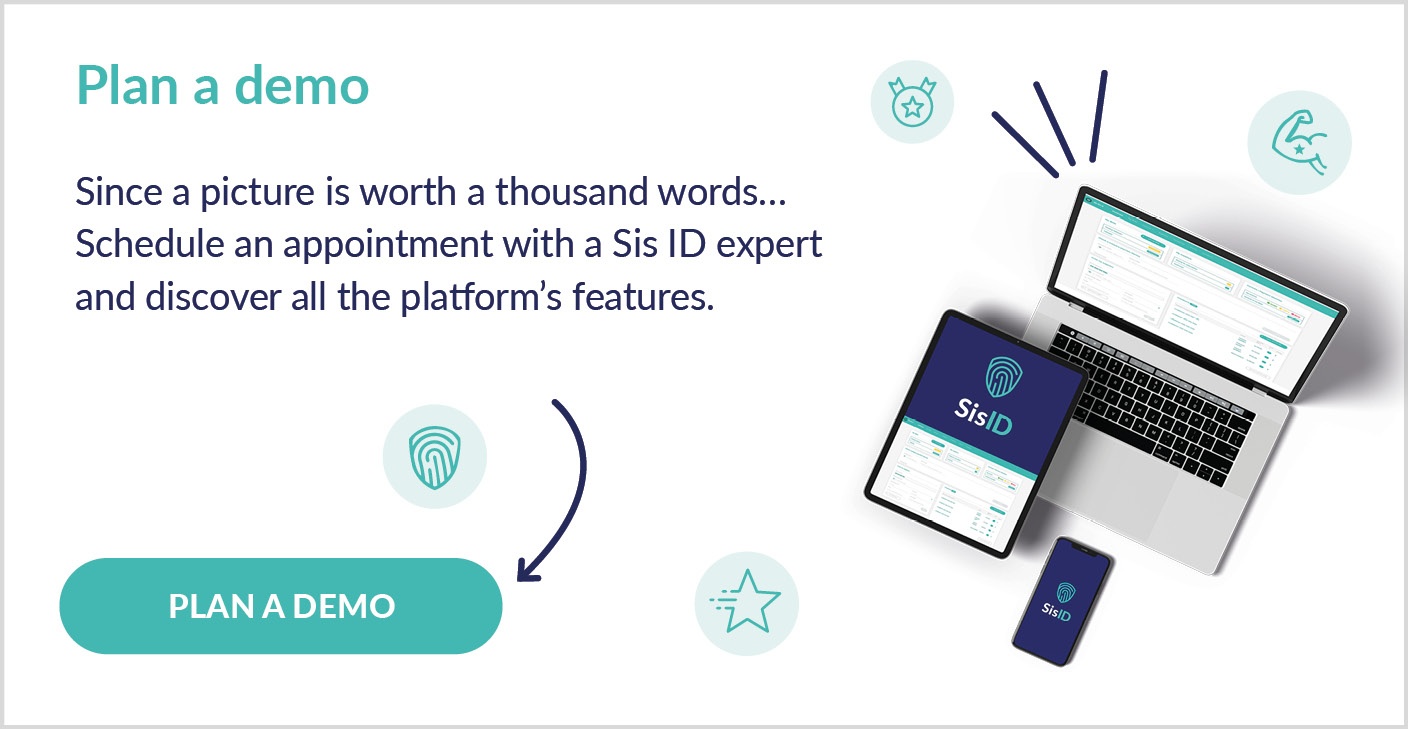Phishing Attacks: How to Protect Your Company from Scams and Data Theft
Phishing attacks pose a growing security threat to businesses, targeting emails, accounts, financial data, and personal information. Cybercriminals use scams, fake websites, and malicious links to trick users into revealing credentials or downloading malware. These attacks threaten employees, victims, and companies, leading to financial loss and data breaches.
Understanding how attackers operate and strengthening email security can help businesses report phishing attempts, protect account credentials, and defend against malicious emails, messages, and sites used to exploit organizations.
What is Phishing?
Phishing is a fraudulent attack where scammers send deceptive emails, messages, or fake websites to trick users into:
Phishing scams rely on social engineering to deceive victims by creating a false sense of urgency. Attackersimpersonate legitimate companies to manipulate employees, financial officers, and executives into providing personal data or authorizing payments.

Common Types of Phishing Attacks
Cybercriminals use multiple phishing techniques to steal credentials, financial data, and account information from businesses.
Email Phishing: The Most Common Cyber Threat
Fraudsters send malicious emails disguised as messages from legitimate companies, banks, or suppliers. These fake emails often contain:
Spear Phishing: Targeted Email Fraud
Attackers focus on specific users—such as financial officers or executives—using personalized messages that appear legitimate. The goal is to manipulate victims into making fraudulent payments or disclosing sensitive information.
Business Email Compromise (BEC): High-Value Fraud
BEC attacks involve cybercriminals impersonating company executives or suppliers to steal financial data. These emails bypass traditional email security filters, making them harder to detect.
Clone Phishing: Replicating Legitimate Emails
Fraudsters duplicate original emails but modify links to redirect victims to malicious websites designed to steal credentials or install malware.
Quishing (QR Code Phishing): A New Tactic
Attackers embed malicious QR codes in emails or messages. When users scan them, they are redirected to fake websites where their account credentials and personal data are stolen.

Why Phishing Attacks Succeed: Exploiting Employee Behavior
Cybercriminals rely on social engineering to exploit employees’ trust in emails, messages, and legitimate websites.
To prevent these threats, businesses must educate employees on how to identify phishing scams and report suspicious emails immediately.
How to Protect Your Company from Phishing Attacks
Strengthening Email Security
Since most phishing scams occur via email, organizations must enhance security measures to prevent malicious messages from reaching employees.
Key Email Security Strategies:
Real-Time Monitoring for Fraudulent Transactions
Attackers often use phishing scams to manipulate financial transactions. To prevent fraud, businesses should implement payment verification solutions that:
Sis ID helps companies detect fraud and attempted fraud globally
Conceived and created by Financial Directors and Treasurers of the CAC40, it offers the solution to :
Employee Training: The Best Defense Against Phishing Attacks
A well-informed workforce is crucial to preventing phishing fraud. Companies must:
Regular training ensures users stay alert to new scams and phishing tactics used by attackers.

Incident Response: What to Do If Your Company is Targeted by Phishing
Step 1: Report Phishing Attacks Immediately
Employees should be able to report suspicious emails through company security protocols. Organizations should establish:
Step 2: Containing the Threat
Once a phishing attack is detected, IT security teams should:
Step 3: Strengthen Security to Prevent Future Phishing Attacks
After a phishing incident, businesses must:
By improving email security, fraud detection, and employee awareness, companies can defend against phishing attacks and reduce their exposure to scammers, threats, and financial fraud.
Final Thoughts: Protecting Your Business from Phishing Scams
Phishing attacks remain one of the most significant cyber threats to businesses, employees, and financial security. To protect company data, accounts, and transactions, organizations must:
By implementing advanced security strategies, businesses can mitigate phishing threats, protect sensitive information, and prevent financial fraud. Stay vigilant, proactive, and secure in the face of evolving cyber threats.





